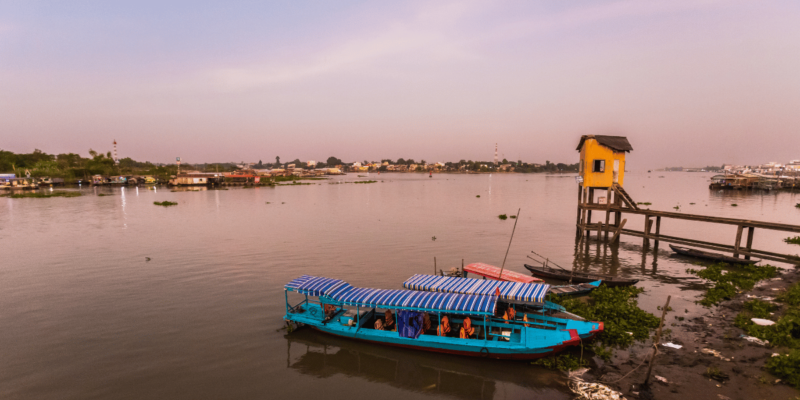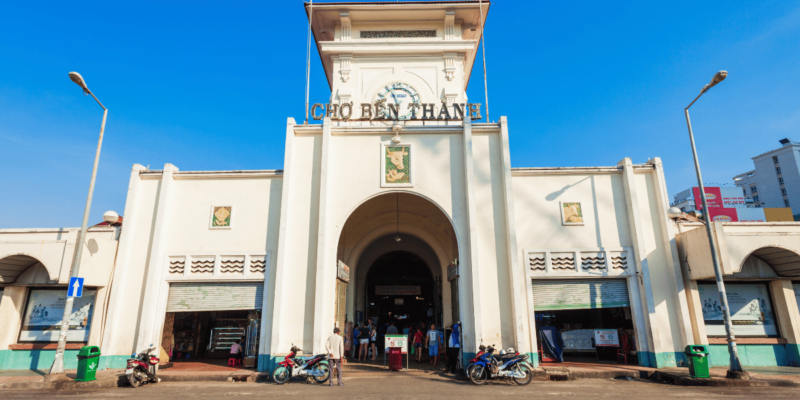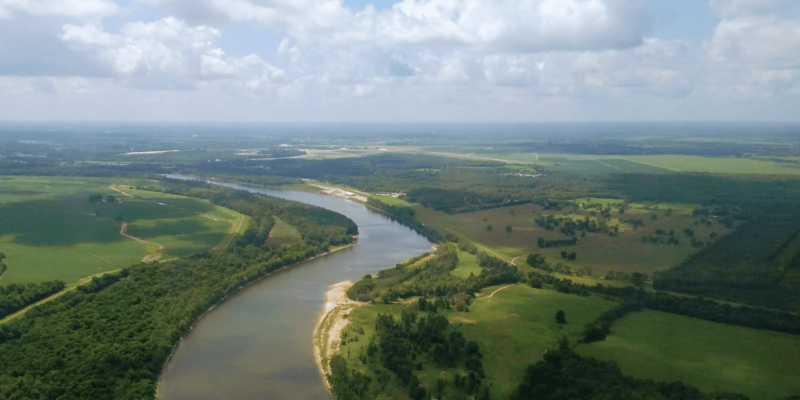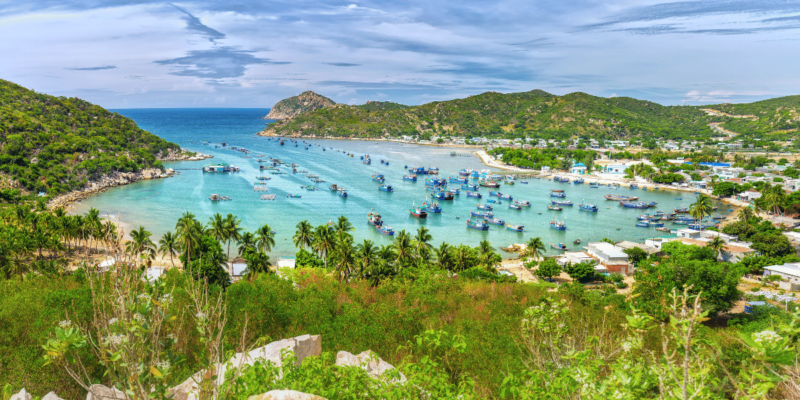Vinh: A City of Resilience and Historical Significance in Central Vietnam
Vinh, strategically positioned roughly halfway between Hanoi and Hue, is nestled twenty kilometers inland from the coast in the narrowest section of Vietnam. This location makes it uniquely vulnerable to the extremes of climate that characterize the region, with the city frequently facing harsh, hot dry winds from the west and violent storms from the East Sea. Despite these challenging conditions, Vinh serves as the bustling capital of Nghe An Province and is home to about a quarter of a million residents.
Founded in 1802, Vinh’s history has been marked by repeated devastation. Originally destroyed during the French-Vietnamese War, the city was rebuilt only to be leveled again during the American War. The reconstruction efforts that followed were heavily influenced by the German Democratic Republic, leading to the city’s present-day appearance, which features utilitarian and austere architectural styles reminiscent of East German ‘social realist’ design. This architectural influence has left Vinh with a distinctive, if somewhat stark, urban landscape that contrasts sharply with the lush greenery of the surrounding rice paddies.
Despite its size and historical significance, Vinh is often perceived as lacking the charm or aesthetic appeal of other Vietnamese cities. It is bisected by Highway 1 and is a key node in the north-south rail link, making it a critical transport hub for the region. Additionally, it offers flight connections to and from Hanoi and serves as a gateway for travelers heading into Laos via the Cau Tre border gate.
Approximately 10 kilometers from Vinh lies Cua Lo port, adjacent to a long stretch of white sand beach. This beach, despite being lined with low-quality hotel developments and suffering from poor maintenance, remains a popular destination for Hanoi residents seeking a coastal retreat. The popularity of this beach underscores the scarcity of accessible seaside resorts in northern Vietnam, despite the less-than-ideal conditions.
For travelers, Vinh is primarily considered a practical stopover point along Highway 1, offering a few reasonable hotels suitable for short stays. However, the city’s main draw is its proximity to Kim Lien, a small village of profound historical importance. This village is the birthplace of Nguyen Sinh Cung, better known as Ho Chi Minh, who was born to a family with strong anti-colonial sentiments. This connection to one of Vietnam’s pivotal historical figures makes Kim Lien a significant site for those interested in the nation’s past.
In Kim Lien, visitors can explore a modest museum and several reconstructed homes that provide a glimpse into the early life of Ho Chi Minh. Although the exhibits are humble, the village stands as a testament to the profound impact of its most famous son on Vietnamese and global history.
In summary, while Vinh may not offer the scenic beauty or rich cultural experiences found in other Vietnamese cities, its historical relevance and role as a transport hub make it an important stop for those traveling through Vietnam’s central region. For those interested in Vietnam’s complex history and the legacy of Ho Chi Minh, a visit to Vinh and nearby Kim Lien can provide meaningful insights into the forces that have shaped this nation.

















